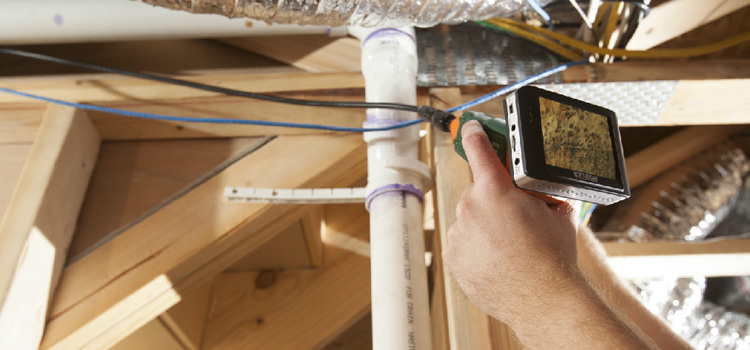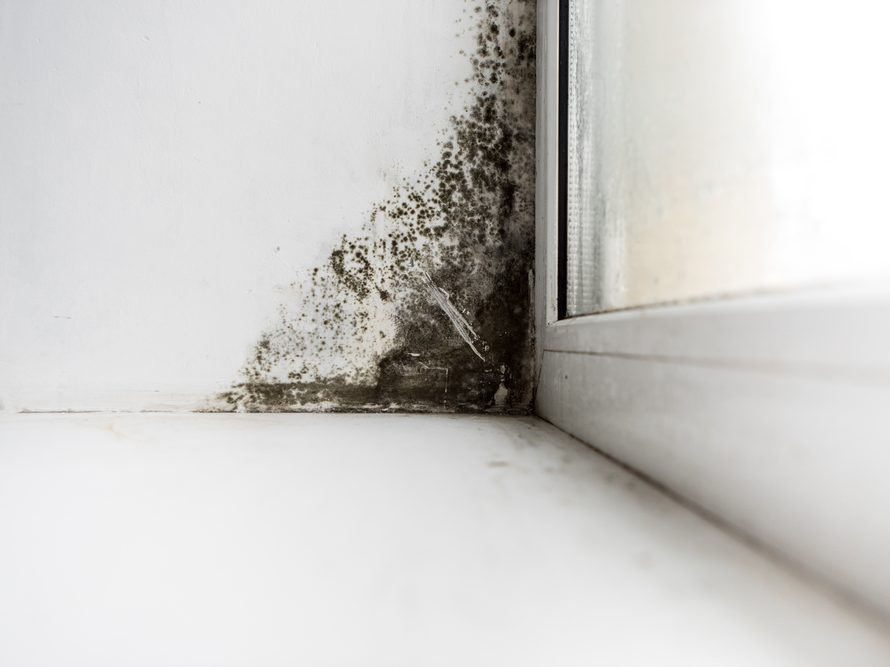Effective Post Mold Remediation Cleaning Protocols
Effective Post Mold Remediation Cleaning Protocols
Blog Article
Your Ultimate Overview to Article Mold And Mildew Remediation Methods
In the after-effects of mold problem, recognizing just how to successfully get rid of the mold and mildew and stop its reoccurrence is paramount for keeping a healthy indoor setting. From picking the best cleansing and sanitizing techniques to executing approaches for long-lasting mold avoidance, each action in the remediation journey plays an essential role in making certain a successful result.
Understanding Post-Mold Removal Process
After completing the mold removal procedure, it is important to understand the post-mold removal techniques that are necessary to make sure a effective and extensive cleaning. Once the mold and mildew has actually been gotten rid of, the next step involves cleansing and disinfecting the affected areas to avoid any regrowth of mold and mildew.
In addition, carrying out a last assessment post-remediation is crucial to ensure that all mold has been efficiently removed. This examination needs to involve a thorough aesthetic check as well as possibly air sampling to confirm the absence of mold spores in the air. Extra removal might be essential if the assessment discloses any type of lingering mold. Educating occupants on preventive steps such as regulating dampness degrees and quickly addressing any water leaks can assist preserve a mold-free environment.
Effective Cleaning and Disinfecting Methods

Avoiding Future Mold And Mildew Growth

Value of Correct Air Flow
Correct air flow plays an essential function in stopping moisture build-up, a key element in mold and mildew development within interior environments. Efficient ventilation systems assist get rid of excess moisture from the air, reducing the chances of mold spores finding the dampness they need to spread and germinate. Without appropriate ventilation, indoor rooms can come to be a breeding place for mold, bring about possible health threats and structural damage.
By making sure proper air flow, ventilation systems can additionally help in drying moist locations more promptly after water damages or flooding cases, better my website hindering mold and mildew growth. After mold remediation. In areas like shower rooms, attics, kitchens, and cellars where dampness levels tend to be greater, mounting and keeping reliable air flow systems is vital in stopping mold and mildew invasions

Surveillance and Upkeep Tips
Given the important duty that appropriate air flow plays in avoiding mold growth, it is imperative to establish efficient tracking and maintenance pointers to make certain the ongoing performance of ventilation systems. Tracking humidity degrees within the property is additionally critical, as high moisture can add to mold growth. By staying proactive and attentive to the problem of ventilation systems, residential property owners can properly alleviate the risk of mold and mildew regrowth and preserve a healthy and balanced indoor environment.
Conclusion
Finally, post-mold removal techniques are vital for guaranteeing a tidy and secure atmosphere. Comprehending the process, carrying out reliable cleansing and disinfecting approaches, protecting against future mold growth, keeping appropriate ventilation, and regular tracking are all crucial steps in the remediation process. By adhering to these guidelines, you can successfully get rid of mold and prevent its return, working or promoting a healthy and balanced living area for all passengers.
In the article after-effects of mold and mildew problem, understanding exactly how to successfully eradicate the mold and avoid its reoccurrence is vital for maintaining a healthy this page and balanced indoor environment. Once the mold and mildew has been removed, the following step involves cleaning and sanitizing the affected areas to avoid any type of regrowth of mold - what to do after mold remediation. After eliminating noticeable mold and mildew development, it is critical to cleanse all surface areas in the damaged location to get rid of any kind of remaining mold spores. To even more boost mold prevention actions, it is essential to address underlying concerns that originally led to mold and mildew growth.Given the important duty that correct air flow plays in protecting against mold growth, it is crucial to develop reliable tracking and upkeep pointers to ensure the continued functionality of ventilation systems
Report this page